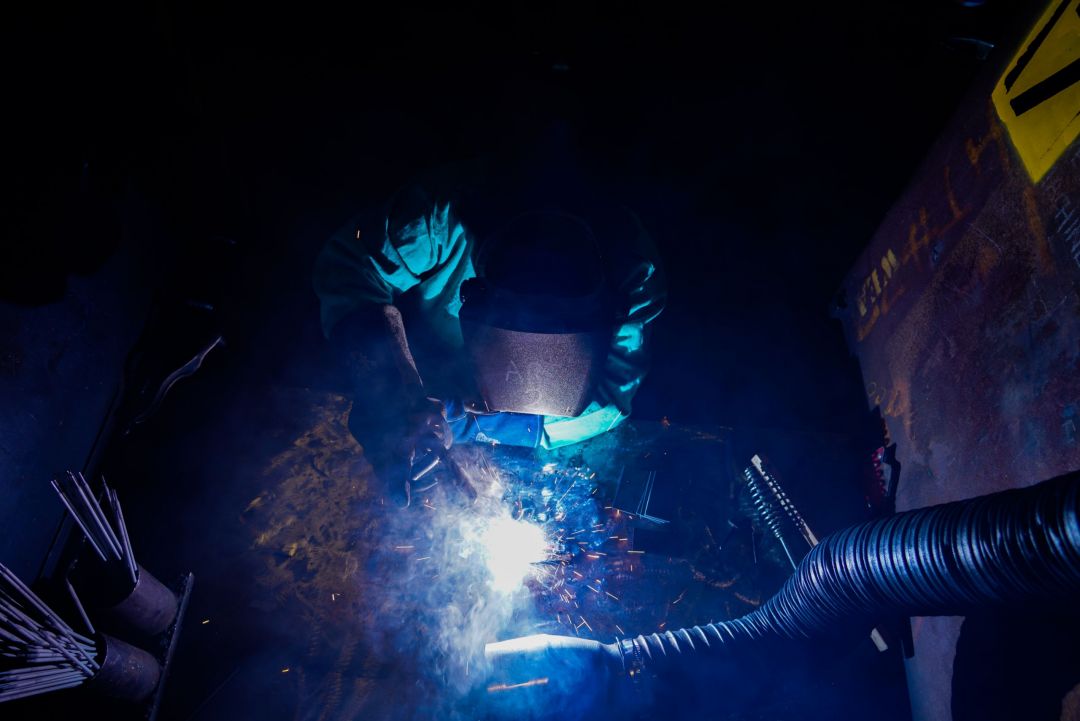Techniques for Welding Stainless Steel with Rods for Optimal Results and Durability
Understanding Rod Welding for Stainless Steel
Rod welding, commonly referred to in the industry as stick welding or shielded metal arc welding (SMAW), is a versatile and widely used welding process, especially for materials like stainless steel. Among various welding techniques, rod welding stands out due to its simplicity and effectiveness in producing strong welds. Stainless steel, with its remarkable resistance to corrosion and high strength-to-weight ratio, is a popular choice in various applications, from construction to manufacturing. This article delves into the essential aspects of rod welding stainless steel, exploring its methodology, advantages, and practical applications.
The Basics of Rod Welding
Rod welding involves using a consumable electrode coated in flux that generates a protective gas shield when heated. The welder strikes an arc between the electrode and the workpiece surface, melting both the rod and the base metal, which eventually fuses together upon cooling. When it comes to stainless steel, specific electrodes designed for this material, such as E308 and E309, are used to ensure compatibility and optimal weld integrity.
Equipment and Preparation
Before embarking on a rod welding project, it's crucial to assemble the right equipment and perform thorough preparation. The basic tools required include a welding machine or generator, appropriate electrodes, protective gear, and a cleaning materials assortment (wire brush, grinder, etc.). The preparation of stainless steel surfaces is paramount, as contaminants like rust, grease, and oil can significantly compromise weld quality. Cleaning the material before welding can lead to better penetration and a cleaner finish.
Welding Technique
One of the defining characteristics of successful rod welding is the technique employed while working. Here are some essential tips for welding stainless steel
1. Electrode Angle Maintain a consistent angle of 15-30 degrees in relation to the workpiece. This adjustment allows for better control of the weld pool and results in a more uniform bead.
2. Travel Speed A steady travel speed should be maintained to achieve the desired penetration and bead shape. Too fast a pace could lead to undercutting, while too slow may cause excessive buildup and distortion.
3. Stringer Beads vs. Weaving Depending on the joint configuration, a welder can choose between stringer beads (straight lines) for thinner materials and weaving motions for thicker sections. The goal is to achieve adequate penetration while minimizing defects.
4. Heat Management Overheating can lead to warping or structural weakness in the stainless steel. Adjusting amperage and maintaining proper arc length are vital in preventing overheating.
rod welding stainless steel

5. Post-Weld Cleaning After completing a weld, it is essential to remove slag and any impurities. This ensures both aesthetic appeal and prevents future corrosion issues. Techniques like wire brushing or pickling may be required for thorough cleaning.
Advantages of Rod Welding Stainless Steel
Rod welding comes with several benefits when working with stainless steel
1. Portability With minimal equipment, stick welding is adaptable and can be performed in remote locations without the need for extensive setup.
2. Cost-Effectiveness The consumables used in rod welding tend to be less expensive than other welding methods, making it a cost-effective option for projects with budget constraints.
3. Versatility This technique can be used in various positions (flat, horizontal, vertical) and can join different stainless steel grades, which enhances its appeal for diverse applications.
4. Strong Welds When done correctly, rod welding produces highly robust joints that can withstand significant loads and environmental conditions.
Applications
Rod welding is employed in numerous industries, including construction, automotive, shipbuilding, and food processing. Its effectiveness in welding pipes, tanks, frames, and various structural components makes it indispensable in operations requiring corrosion resistance and durability.
Conclusion
In summary, rod welding is a critical method for working with stainless steel, delivering strong, reliable joints across a range of applications. Understanding the techniques, equipment, and best practices associated with this process can enhance the quality and efficiency of welding projects. Whether you're a seasoned welder or a novice looking to branch out, mastering rod welding can significantly expand your skill set and versatility in the metalworking field.
-
Best Hardfacing MIG Wire for Sale High Durability Welding SuppliesNewsJun.10,2025
-
ER70S-6 MIG Welding Wire Supplier High Quality China Welding Wire ManufacturerNewsJun.10,2025
-
Premium Aluminum Flux Core Wire China Manufacturer FactoryNewsJun.10,2025
-
Premium Cast Iron Welding Electrodes for Superior BondsNewsJun.10,2025
-
Premium 309L MIG Wire High Strength & Corrosion ResistantNewsJun.10,2025
-
Stainless Steel Welding Rod Types Complete Guide to Corrosion ResistanceNewsJun.09,2025


